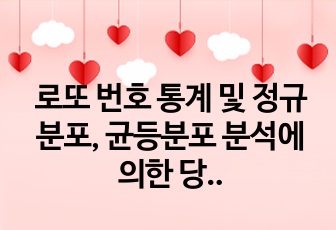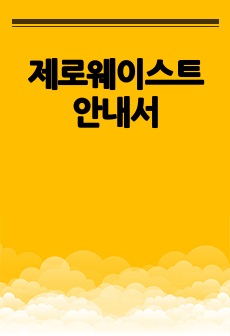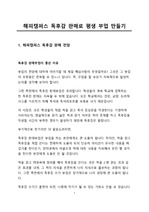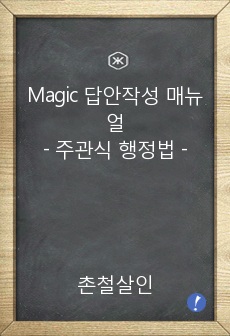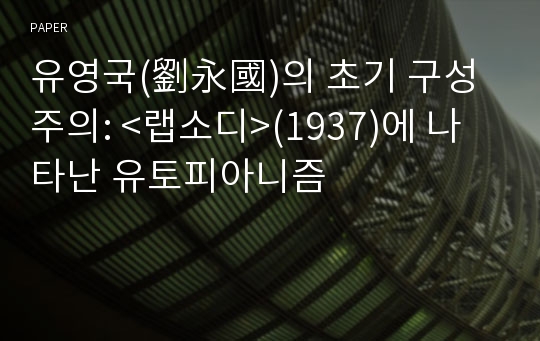유영국(劉永國)의 초기 구성주의: <랩소디>(1937)에 나타난 유토피아니즘
(주)코리아스칼라
- 최초 등록일
- 2016.04.02
- 최종 저작일
- 2010.06
- 29페이지/
 어도비 PDF
어도비 PDF
- 가격 6,900원

* 본 문서는 배포용으로 복사 및 편집이 불가합니다.
서지정보
ㆍ발행기관 : 한국미술이론학회
ㆍ수록지정보 : 미술이론과 현장 / 9권
ㆍ저자명 : 유영아
목차
I. 머리말
II. 15년 전쟁기( 1931-1945) 의 일본 구성주의
1. 일본정신과 이상국가 건설
2. 문화정책과 일본 추상계의 구성주의 유입
III. 유영국의 구성주의 수용-<랩소디>(1937)
1. 초현실주의적 특징
2. 구성주의적 특성
IV. 이후 초기작들에 끼친 영향
1. 회화적 부조 (Painterly Relief)
2. 회화적 구성 (Painterly Construction)
V. 맺음말
참고문헌
Abstract
영어 초록
This study is about Yoo Young-kuk's early works which show constructivism, especially focus on his debut painting, <Rhapsody> for the 7th Dokuritsu Bijutsu Kyokai(独立美術協會, the Independent Fine Arts Association) in Tokyo in 1937. The work was painted 2 years after he had started his study in Japan in 1935. It was the first painting that applied Constructivism. <Rhapsody> played an important role for Constructivism to be a leading art in his abstraction. After this picture, Yoo was soon devoted to the principles of Constructivism-- Faktura(material), Tektonika (tectonics), Tekhnika(technique), space, construction-- in his painterly reliefs. This article examined why Yoo concentrated on Constructivism for <Rhapsody>, what the characteristics were, and what influences were on other works from 1935 to 1949. In addition, I investigated in which period <Rhapsody> was painted and how Constructivism was spread in 1930s and early 1940s in chapter 2. I scrutinized Rhapsody in chapter 3. When Yoo created <Rhapsody> Japan was under the Fifteen Years War(1931- 1945), and a major discourse was the Japanese Spirit at that time. It was connected with construction of an ideal nation which the Japanese ultra-national fascism pursued. This ideological pursuit was intended to unite the Japanese people for total war system and to restore a national dignity which had been fallen down due to Manchurian Incident(1931). Thus, on the hand, Kokusai Bunka Shinkokai(国際文化振興会, The Society for International Cultural Relations) and the Nippon Kosaku Bunka Renmei(日本工作文化連盟, Japanese Werkbund) were supported financially by the Japanese government. On the other hand, the government enacted regulations to opposing parties which would distract Japanese people's unification. As for the Japanese art world, the merge of art groups was carried out through remodeling of Teikoku Bijutsuin(帝国美術院, The Imperial Fine Arts Academy) in 1935. This brought out continuous dispute and disorder. Young artists who felt difficulty of entering an entry of Imperial Fine Arts Exhibition repeatedly grouped and disbanded for small art groups to build their standing, which they pursued Surrealism and Abstract art. Among them Constructivism was considered as the latest trend and was popular in craft, design, architecture as well as fine arts. In the year before he painted <Rhapsody>, Avant-garde theatres including Constructivism theatre were introduced in a feature article of September, 1936 in Atelier, which was dealing with mainly avant-garde arts. Books related with Constructivism were translated into Japanese, and Gestaltung Education had become active since the publication of A Compendium of Gestaltung Education( 構成敎育大系 (1934)), Salvador Dali(1904-1989) was also introduced, so Surrealism was drawn more attention by young artists. <Rhapsody> reflected popular trends. Yoo analyzed the Japanese avant-gardists' archaic taste in the Independent Art Association that he submitted his painting to. And then he entitled ‘Rhapsody’ which derives from Ancient Greek's epic poetry and deliberately set up images in a scene. In chapter 3, I examined a theme which was planned carefully by sorting favorite images from the Japanese Surrealism. <Rhapsody> was a result that Yoo Young-kuk observed objectively the phenomenon that young artists dreamt of Utopia or longed for Nostalgia passively and lethargically under wars. And then he otherized himself from that circumstance. First of all, for <Rhapsody> he used the typical icons of Japanese Surrealism such as the horizon, flowing clouds, and vast plain that were considered stereotypes of Arcadia. He, however distinguished himself form those Japanese Surrealists. He made his own vision about Utopia by referring Lyubov Popova(1889-1924)'s stage design. His objective point of view was expressed by positive and dynamic images of structure and human's actions. Constructivism which was attempted in <Rhapsody> had an effect on other early constructive works, and the principles of Constructivism were sought hard in reliefs, paintings, and photos.
참고 자료
없음
"미술이론과 현장"의 다른 논문
더보기 (3/8)










